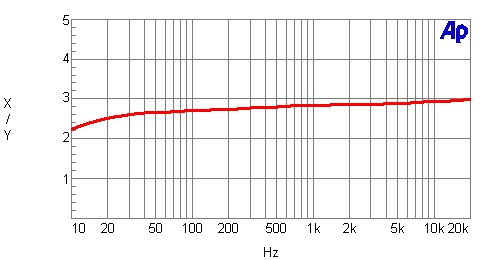I am no expert in this but see my reasoning below.So where was any of this demonstrated? Cite?
First we see that output impedance (damping factor) changes frequency response in real loads (actual speakers). Here are 2 extreme opposite examples demonstrating this:

SUMMER MUSINGS: No... Not all amplifiers sound the same (but many do! ;-).
A blog for audiophiles about more objective topics. Measurements of audio gear. Reasonable, realistic, no snakeoil assessment of sound, and equipment.
Then we know that different amplifiers have different damping factors, intentional by design ("tuned to taste") or not. And I mean not only the highest number, but also the curve, in which frequencies it rises and falls.
Examples:
Mola Mola Kaluga

Parasound Halo A23

Hegel H590

Manley Mahi

My conclusions:
1. Amplifiers do sound different, and this is both measurable and noticeable.
2. These differences in how they sound are many times chosen ("voiced") by the designer through output impedance and/or distortion profiles.
3. If you mix different speakers (and their different loads) and different amplifiers (and their damping factors) the results are all over the place. Which explains why subjective audiophiles, who know nothing of measurements, do "mix and match" their speakers and amps to taste.
Are there flaws in my reasoning? Please let me know.
Last edited:
